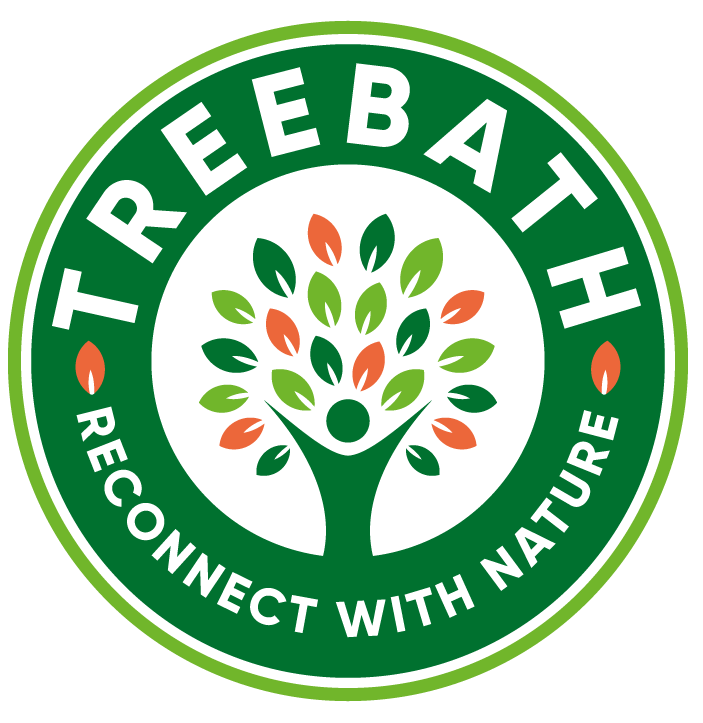A Child’s Perspective on Nature
Why Children See the World Differently Than Adults
As grown-ups we have our own ways of connecting with nature. Typically, our relationship with nature stems from the experiences we have as children and is shaped by the different directions are lives take us. Adults tend to be set in their ways, and have developed perspectives on everything from political views, to family and to the environment around us. While it is hard for most of us to change these preconceived patterns, most adults strive to keep an open mind.
Children’s perspectives, on the other hand, are a blank canvas. A child has not yet formed opinions about all kinds of topics, including nature. Children’s views and opinions are often inherited from their parents or family and are influenced by the other adults around them.
How Children See Nature: The World’s Biggest Playground
When it comes to nature, most children abound with no expectations. To a child, the outdoors is a brand-new world, wide open to be explored and discovered. Exposing children to the natural world can be a life changing experience. For many children, being in a natural space is like playing in the most massive playroom, where they get to decide what the world around them is going to be like. A child’s fantasy and imagination have no limits.
Being in a natural environment, may it be a park or forest, a child is likely to see it as a place without any set rules apart from the fundamental values they carry with them. There are no “don’t climb the furniture” or other preventing and inhibiting rules. Outside exploration enhances children’s development by providing a place they can move around freely. There are even opportunities to enhance fine and gross motor skills through climbing trees or finding ants.
Their perspective can be awe inspiring and a reminder to us as adults how we have lost are nature connections. Where grown-ups see a copse of trees and a few rocks, a child sees friends and a magic place.
Battling the Indoor Epidemic
Today, many children are cooped up in sterile homes, shuffled to and from activities in a car, and spend more less and less time outdoors. A recent UK study commissioned by the National Trust found that children spend half the time playing outside that their parents did.
Being in nature provides children with a stark contract to what has become the modern everyday life of the “indoor generation”. Parents too recognize that their children are losing their nature connection, and the associated benefits of being outdoors. Parents report that when their children spend time outdoors they are happier, more focused, get sick less often and even have more confidence.
We Can Learn from Children
Through teaching children in our outdoor program, we have been able to witness first-hand as adults the transformation nature can have on children. We have watched the development of these children’s own unique perspectives on nature evolve through seasons, weather, and varying life cycles of the forest. We are fortunate to follow our children participants throughout the year and see the way they each connect with the natural world – sometimes in ways that we ourselves missed.
These children relate to the way nature is growing around them, as it mirrors their own growth. The same child who marks their height on the doorway in pencil, comes to class with a mental marking of how tall a single tree was one week early. During spring, when the weather finally turned and our regularly park exploded with growth, the children were astonished. Knotted branches turned into blackberry brambles, shrubs once barley two feet tall now towered over them. This realization that that they are not the only ones growing broadened their little worlds and created a deepening connection for them. For these children, the trees, bushes, rocks and the forest are their friends, that they get to grow along side with.
When it comes to “edges” about nature, we have witnessed that children have none. It is easy to explain to a child a tree is alive even if it doesn’t have a nose or a face. They can completely follow such reasoning because there no conflict with their view of the world – which is still being shaped from innocence. When we ask the children to find a forest being to be their friend, not a single child hesitates. There is just pure exploration and imagination. Any natural object transforms into anything they want it to be. Trees become kings, flowers fairies, dandelion blowing in the wind transforms into pixie dust. During these exercises their self-confidence blossoms in a space where they are free to have their own experience. We watch and learn from their innocence and imagination, while at the same time providing guidance to help them open up their senses and drink in nature in a safe and unassuming way
Some Thoughts From Real Children
When it comes to sharing, children are remarkably astute in expressing how they experience nature. They can talk about their experiences with a surgical precision, despite their limited vocabulary. The essential take away we hear is that being in nature makes children happy. It has rules but at the same time not. You can get dirty, you can be daring and push yourself. A scrape from a branch doesn’t hurt, it’s a badge of honor, or a kiss from a friend. Nature is not the confined stagnant environment like their home. It is alive, and the children know it and experience it whole-heartedly.
To children, nature is freedom, independence, happiness and love. Something we all seek throughout life bit we forget where it all started. The children have the answer.
